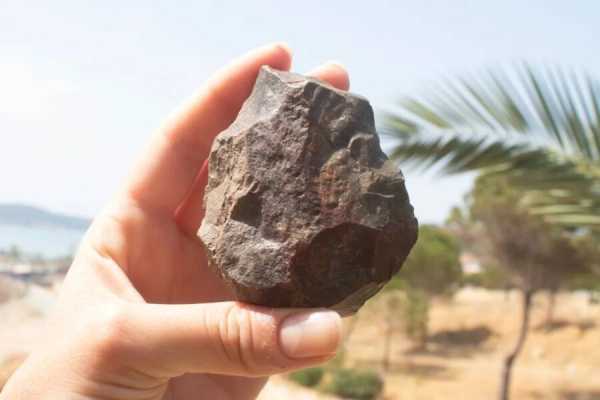Historians have long held the consensus that the first humans arrived in Europe primarily from Africa, then moved northeast through the Arabian Peninsula and the Persian Highlands. However, prehistoric stone tools discovered in Turkey may change this narrative.

Ice Age tools found in Ayvalik at Göknur, Kadriye and Hande suggest that ancient people may have migrated from Africa to Europe through this region.
During the Ice Age, sea levels dropped by approximately 100 meters. This means that the islands and peninsulas surrounding Ayvalik (in modern-day Turkey) were connected by a continuous landmass, which is now underwater.
A recent study published in the Journal of Island and Coastal Archaeology argues that this land bridge may have been a migration route for ancient humans into Europe. Researchers surveyed 10 different sites in the region and discovered 138 prehistoric artifacts.
The team traversed the marshy areas along the northern Aegean coast on foot, uncertain what they would find. While the mud may have limited their ability to find artifacts, the team returned with a treasure trove of discoveries that exceeded all expectations.
Archaeologists discovered objects such as hand axes and cleavers dating back to various Paleolithic periods. In particular, they discovered a number of stone flakes associated with the Middle Paleolithic Mousterian tradition of Neanderthals and early Homo sapiens.
“The presence of these objects in Ayvalik is particularly important because they provide direct evidence that the region was part of broader technological traditions spread across Africa, Asia, and Europe,” said archaeologist and study author Göknur Karahan.
A possible Aegean land bridge could rewrite the history of early human migration.
Sourse: www.allthatsinteresting.com





